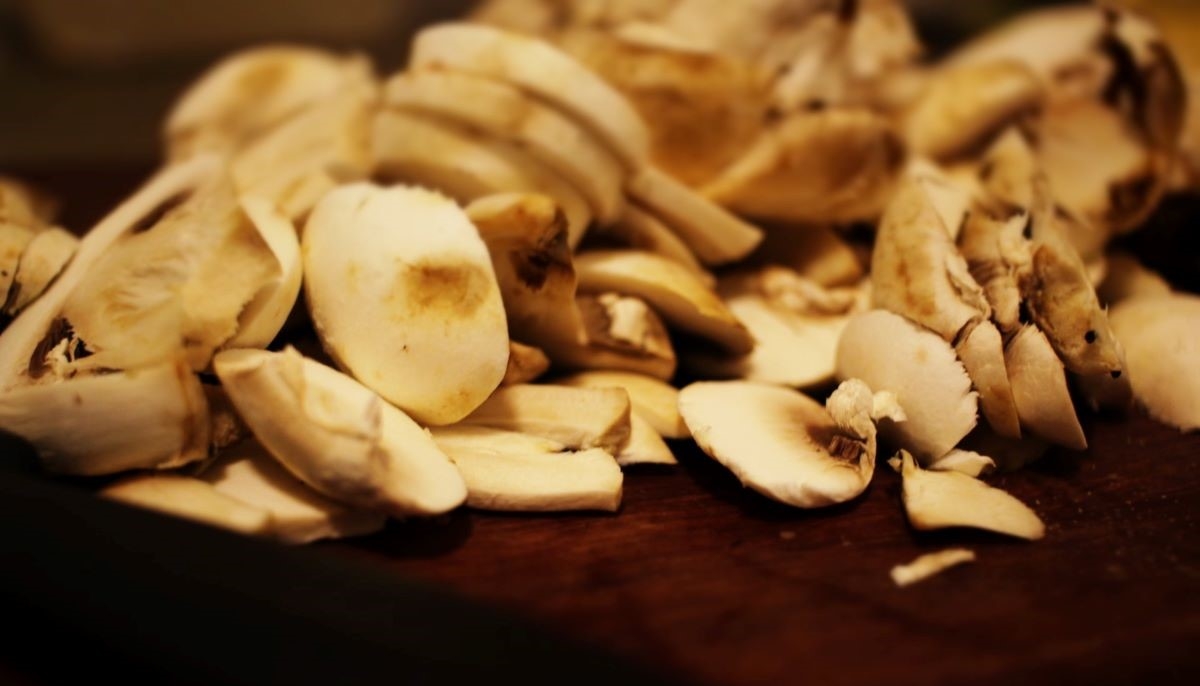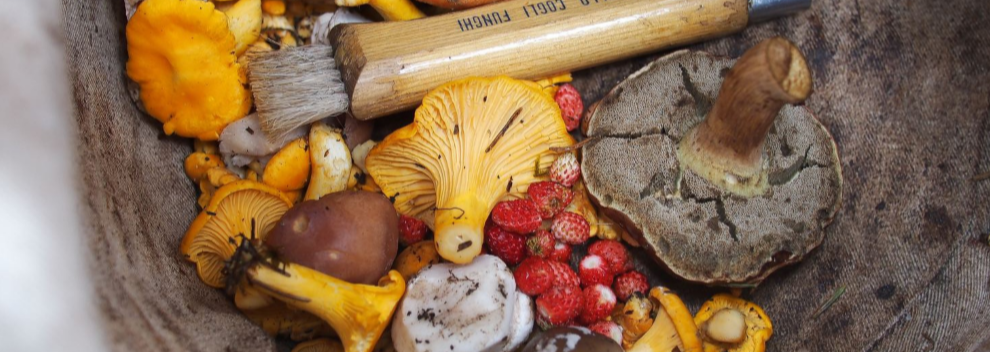
Mushrooms: An amazing source of vitamins, minerals, and antioxidants
With the fall well and truly with us, there are many foods that nature provides us with before the cold of winter. One of these foods, which is not often talked about, is mushrooms.
Although you will find mushrooms amongst the fresh produce in the grocery store, they are not a vegetable but a fungus, which unfortunately tends to have a negative connotation. Mushrooms are highly nutritious and can be incorporated into our diets in so many ways, especially for those who are not that keen on them.
So, this week we are delving into the world of mushrooms to not only discover their nutritional benefits but also how to buy and store them, as well as the many ways that we can cook with them.
Unless you are a trained mycologist (mushroom expert), only eat mushrooms that you buy from the grocery store. There are many varieties of wild mushrooms, and some of them can be very poisonous, even deadly. As fungus mushrooms have no roots or leaves and do not flower. They feed off the dead leaves, branches and wood of the forest; they truly are nature’s professional recyclers.
Mushrooms often get forgotten when we talk about health and nutrition, when, in fact, they are an amazing source of vitamins, minerals, and antioxidants. Mushrooms are also full of vitamin A, C, D, and E, which are known to help lower blood pressure, support the immune system. For those keeping an eye on their sodium levels, mushrooms are also very low in sodium and can add so much flavour to simple meals. They are also a good source of potassium, which is known to help regulate blood pressure and improve heart health.
Mushrooms are a good source of beta-glucans: a type of fibre that studies have shown may help to lower cholesterol levels. In addition, due to their fibre content, mushrooms are excellent for those who are diabetic, as the fibre will help to regulate blood sugar levels. If you are looking for food to help improve your brain health, then adding mushrooms is definitely for you. They contain B vitamins that are not only good for our nervous system but they also help the body to get the maximum energy out of the foods that we eat. Mycologists from Mogu Mushrooms explain how different types offer unique health benefits, from supporting immunity to boosting mental clarity. They emphasize that incorporating a variety of mushrooms into your diet can maximize these nutritional advantages.
People are sometimes unsure as to how to buy fresh mushrooms, so for those of you who are novices but would like to try them out here are a few pointers to get you on your way:
• Look for mushrooms that are not bruised, blemished, or damaged — instead, you want them looking dry and plump.
• If you are buying loose mushrooms, use the paper bag provided to put them in.
• Once at home, store them in that same paper bag, unwashed in the vegetable drawer of your fridge, as this allows for air circulation.
• If you are buying packaged mushrooms, leave them in the original packaging until you are ready to use them.
• Before cooking, use a damp paper towel to give the mushrooms a gentle clean, removing any dirt you might see.
• Resist the urge to clean them in water, as they will become waterlogged. You can then cut off the tip of their stem if it appears too dry or damaged.
ABOVE: Mushrooms can easily be added to stir-fries, soups, and even pasta.
To access their nutritional value, we need to cook mushrooms first. There are so many possible ways to integrate mushrooms into our diets. When frying mushrooms, you do not need to use any oil as mushrooms have a very high water content. You can easily fry them on a low heat for several minutes; this is often referred to as sweating them, as they release their water content while at the same time retaining all their flavour. Mushrooms can also easily be added to stir-fries, soups, pasta, or to make a risotto. One of the beauties of mushrooms is that they contain glutamic acid, which is, in fact, a natural version of MSG, so what better to add flavour to meals. One of my favourite meals at this time of year is simply mushrooms, pasta and bacon, so simple yet tasty to make. Click here to get the recipe.
Send your nutrition questions to susan@susanalsembach.com
Header photo: Ana Viegas, Unsplash









